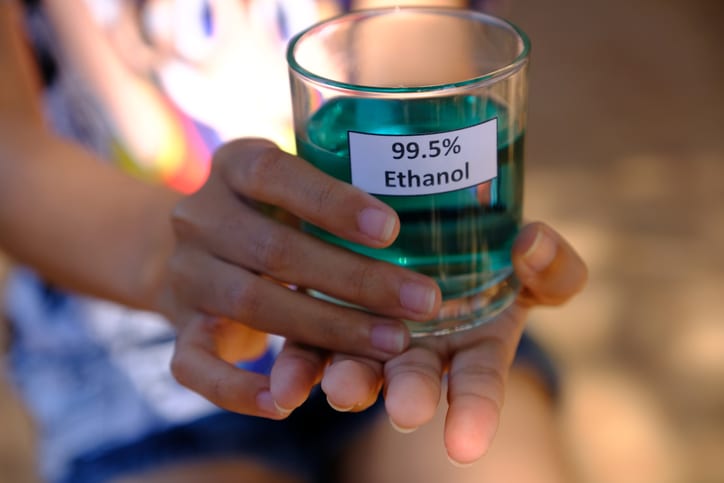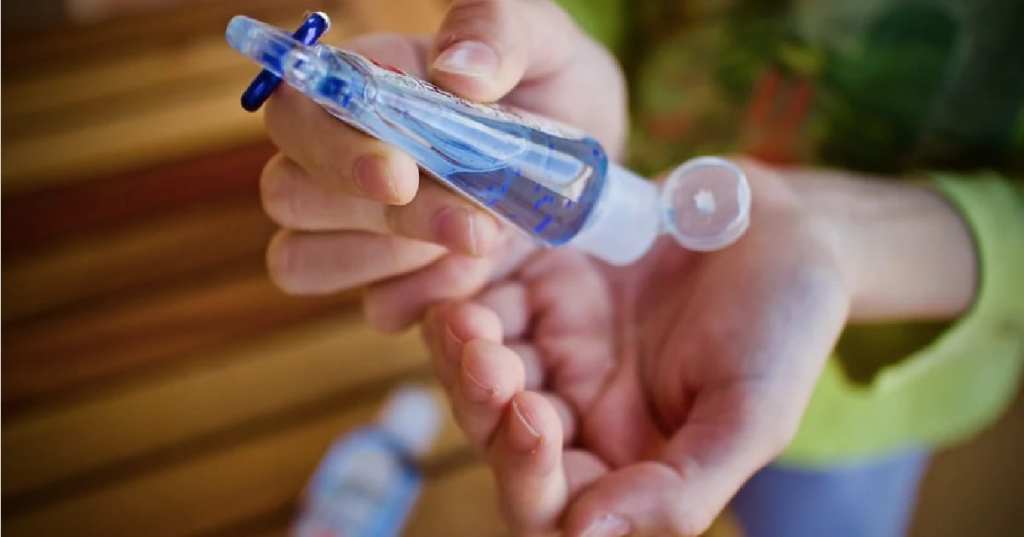Chances are you haven’t spent too much time in your life thinking about different kinds of alcohols and what they’re good for – at least, you weren’t until a pandemic broke out and suddenly hand sanitizer was the hottest thing going.
If you’re wondering which kind is best for killing germs, and what you need the other stuff for, read on!
Isopropyl alcohol is the most common ingredient in hand sanitizers. It’s also known as rubbing alcohol, a term coined in the 1920s both because it was “rubbed” into the skin for health and healing and, because of prohibition, the “good” alcohol needed to be distinguished from the “bad” ethanol that was banned at the time.
Ethanol being the one you drink, of course, and any alcohol distilled from grains.

Image Credit: iStock
The two alcohols have similar structures, but their chemicals vary enough to make one drinkable and one dangerous to ingest. In hand sanitizers, they disrupt the proteins and lipids in viruses and bacterias, killing the germs – the CDC recommends a solution of 65%-95% alcohol to get the job done.
We add water to hand sanitizers (and smell-good stuff) because it makes the solution evaporate more slowly, letting it linger longer on the germs on on your hands.
Ethanol is also more dehydrating, too, and while isopropyl alcohol evaporates more quickly, it doesn’t dry out our skin quite so much.

Image Credit: Pexels
Which is all to say, listen – there is room for all kinds of alcohols in our lives.
These last ten months, I think we can all agree that we’ve needed more than normal.







